Portugal snuck up on me. I thought I was just going for a quick vacation in Lisbon, but something about the place grabbed me and wouldn’t let go.
From the winding cobblestone lanes of Alfama to the sun-soaked Algarve beaches, Portugal managed to wrap itself around my heart. I’m still not entirely sure how it happened, but I can’t shake the feeling.
The Portuguese have this word—saudade. It’s tough to explain, but it’s like a sweet ache, a longing that’s both happy and sad at the same time. I started to get it while wandering Lisbon’s hills, listening to fado singers pour their hearts out, and staring at the Atlantic, which just seems to go on forever.
My time in Portugal turned into more than just sightseeing. It became about falling for a place so hard that I started missing it before I’d even left. There’s something about the culture, the music, and the people that makes you realize beauty and sadness often show up together.
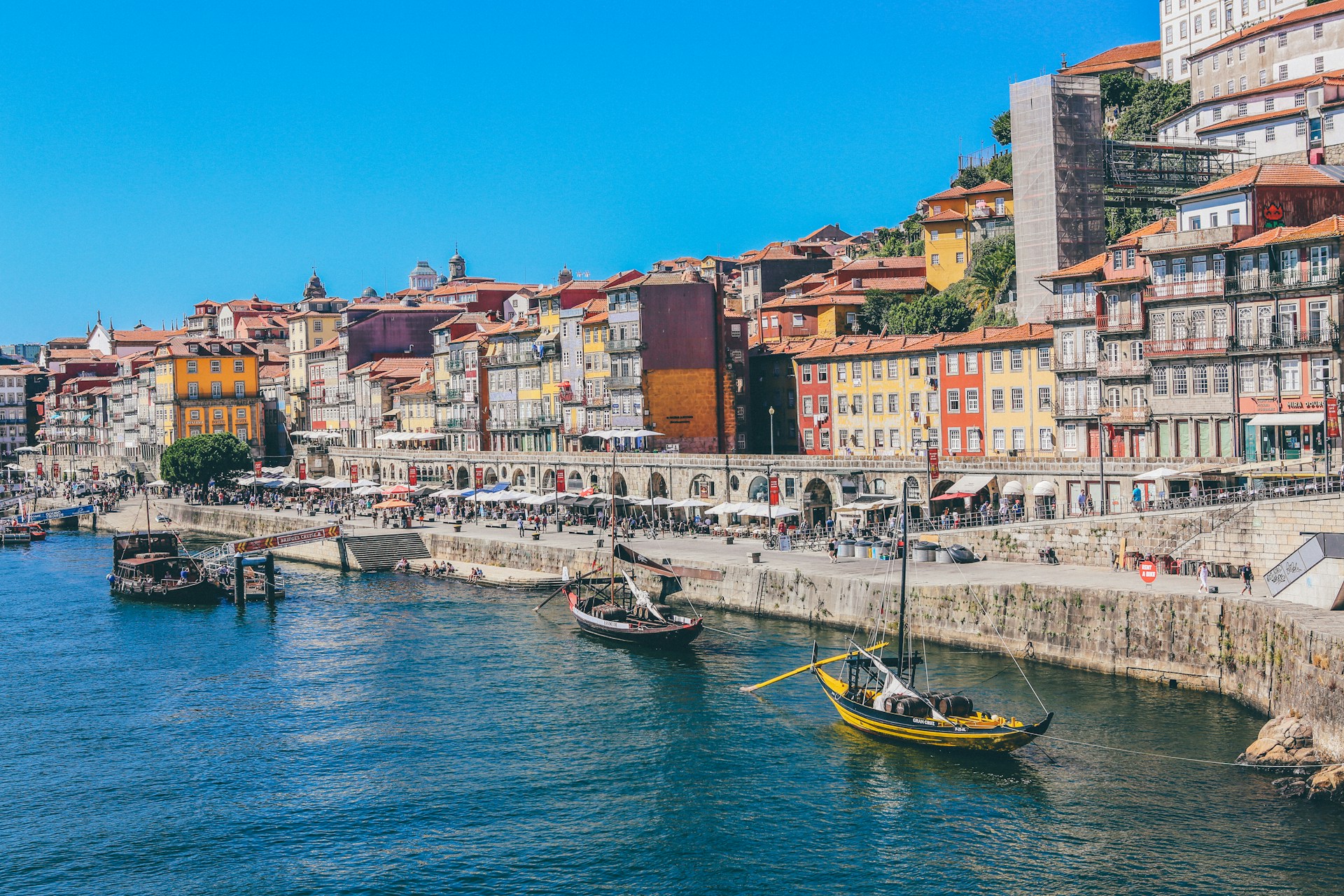
Discovering Lisbon: The City of Light and Longing
Lisbon sprawls across seven hills, almost like someone spilled a watercolor set and let the paint run wild. Ancient cobblestone streets twist between Moorish buildings, and the Tagus River catches the sunlight in a way that makes everything glow.
The city pulses with saudade. It’s everywhere—in the historic neighborhoods, in the pastries, in the architecture that spans centuries.
Historic Neighborhoods and Cityscape
Every neighborhood in Lisbon tells its own story. Alfama is the oldest, all narrow streets and medieval houses climbing the hills.
At night, Fado music drifts from tiny taverns, and it’s impossible not to stop and listen.
Bairro Alto is another world. It feels sleepy by day, but after dark, it turns into Lisbon’s party central.
I found little shops and cafes tucked away, sandwiched between old buildings.
Belém sits by the river and practically shouts about Portugal’s maritime past.
You’ll find monuments from the Age of Discovery, and the whole area feels spacious compared to the rest of the city.
Chiado mixes modern with classic. After a fire in 1988, it rebuilt itself, so you get fancy shops next to historic cafes.
Príncipe Real is a bit more chill. The tree-lined streets and design shops make it feel like a break from the city’s buzz.
From the city’s many miradouros (viewpoints), you get these jaw-dropping panoramas—red roofs, whitewashed walls, and the blue river stretching out.
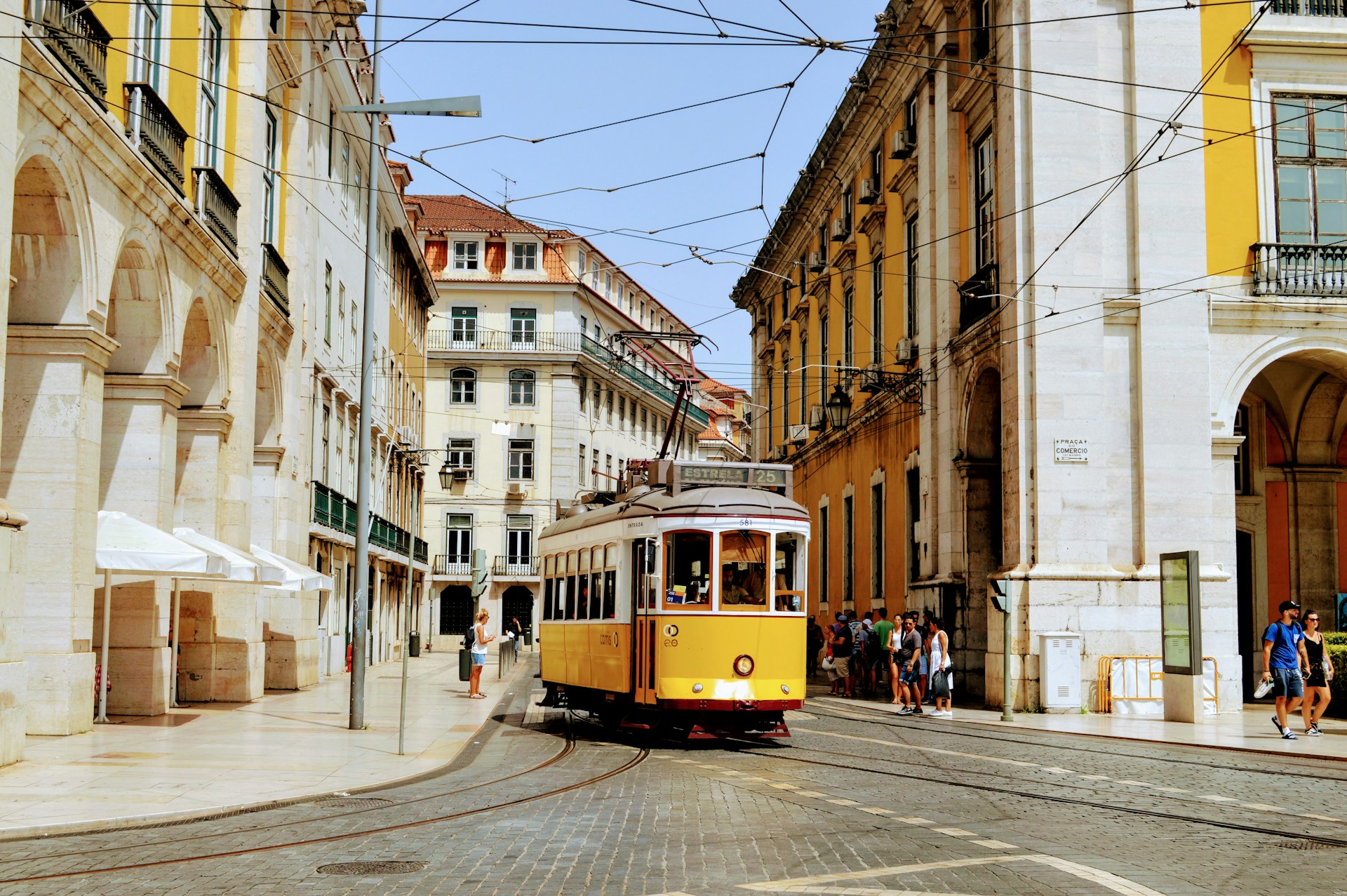
Everyday Life and Local Flavors
Lisbon’s food scene is all about fresh seafood and legendary pastries. Mornings usually started for me at Pastéis de Belém.
That pastel de nata? It’s warm, flaky, and the custard is just the right kind of sweet. They guard the recipe like it’s gold.
For lunch, I kept ending up at Time Out Market. So many food stalls, so many choices—from old-school Portuguese to weird, delicious fusion stuff.
The vibe is always lively, with strangers sharing tables and swapping recommendations.
Coffee here is serious business. Locals order bica (espresso) all day, and it’s strong enough to wake the dead.
Seafood is everywhere—grilled sardines, salt cod, seafood rice. You can taste the ocean in every bite.
I stumbled into Conserveira de Lisboa one afternoon. They sell canned fish in these gorgeous vintage tins, and I couldn’t resist bringing a few home.

Architectural Marvels and Traditions
The Jerónimos Monastery blew me away. Built in 1502, it’s a UNESCO site and a showcase of Manueline architecture.
I spent ages just staring at the detailed stonework—scenes from St. Jerome’s life mixed with symbols of Vasco da Gama’s voyages.
Belém Tower stands guard over the river. It’s small, but its proportions are perfect, and it once protected Lisbon’s harbor.
The Santa Justa Lift connects lower Lisbon with the higher neighborhoods. Riding up in that iron elevator, designed by a student of Gustave Eiffel, I got some of the best city views.
Lisbon Cathedral is the city’s oldest church, tough and fortress-like. It’s survived earthquakes and invasions since the 12th century.
Azulejo tiles are everywhere. These hand-painted tiles cover buildings and subway stations, telling stories in blue, yellow, and white.
The Castle of São Jorge sits on one of the city’s highest hills. Inside the medieval walls, there are peacocks, ruins, and views that stretch for miles.

The Heart of Portuguese Emotion: Saudade
Saudade is more than just a word here—it’s a feeling that shows up in conversations, books, and even the way people look at the sea. It’s longing, nostalgia, hope, and a little bit of heartbreak all rolled into one.
Origins and Linguistic Roots
You can’t really translate saudade. It grew out of centuries of Portuguese history.
Most people trace it back to medieval love songs called Cantigas de Amor. These songs were all about longing and missing someone, with a heavy dose of sadness.
Portugal’s Age of Discovery and all the emigration that followed made saudade even deeper. Families separated by oceans needed a word for missing each other so intensely.
What makes saudade unique?
- It mixes joy and sadness at the same time
- It’s about longing for what might never come back
- There’s hope woven into the melancholy
- It feels both deeply personal and somehow universal
It’s not just nostalgia. Saudade is about accepting loss and maybe even finding peace with it.
One writer called it “a vague and constant desire for something that does not and probably cannot exist.” That sounds about right to me.
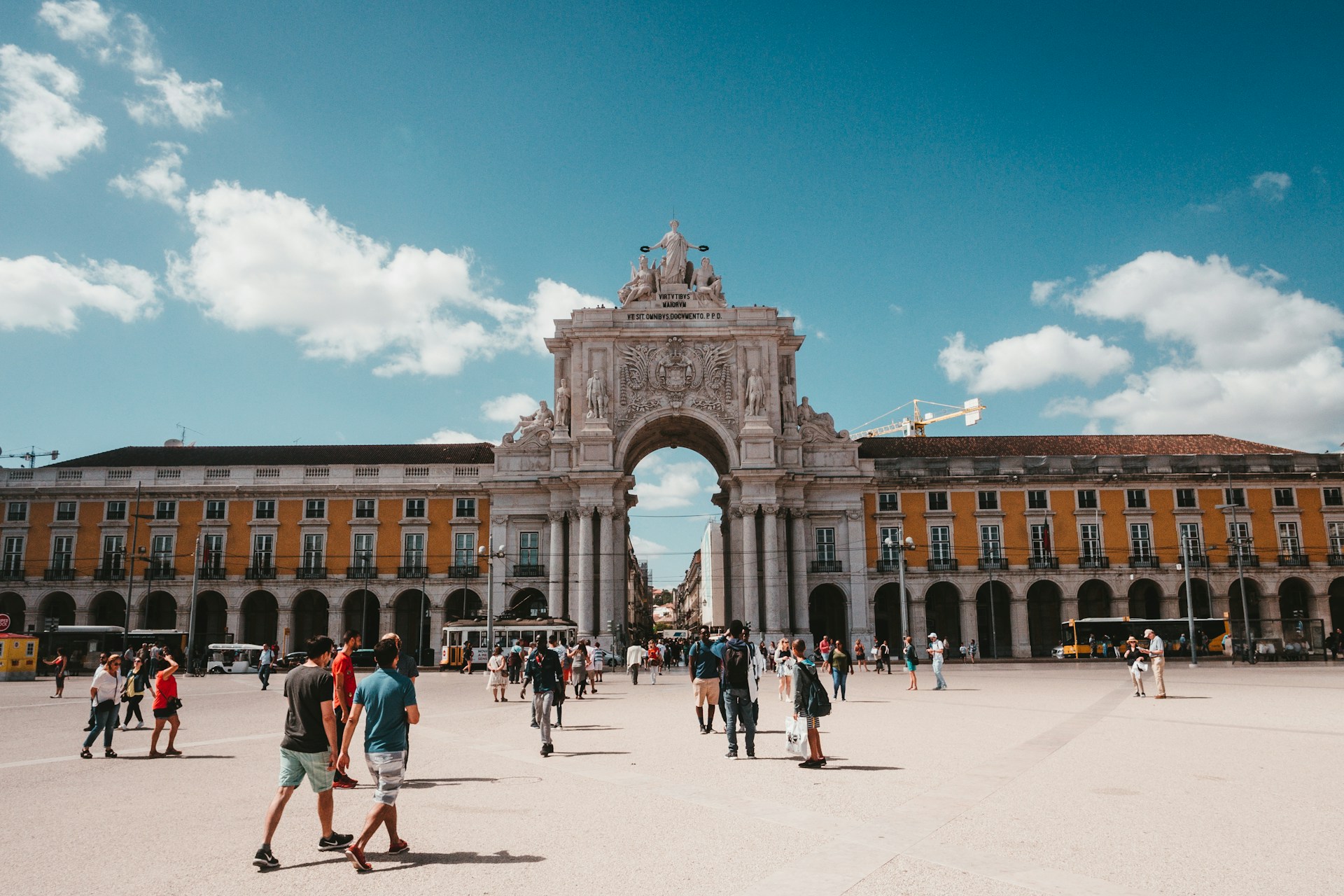
Saudade in Daily Life
People here talk about saudade all the time. I heard it over meals, in family stories, and even in random chats at cafés.
Food really brings it out. A simple meal of cod and potatoes gets loaded with meaning when you share it with family.
When Portuguese emigrants say, “Vou à aldeia” (I’m going to my village), it’s packed with deep saudade for home and childhood.
What triggers saudade?
- Mom’s cooking
- Childhood homes
- Loved ones who’ve passed away
- Old relationships
- Moments from history
It’s like a “spiritual time machine.” Saudade lets you visit old memories, but you’re still standing in the present.
If you get stuck in the past, saudade can turn heavy. The trick is to gather up the good memories and bring them back to now.

Collective and Personal Longing
Saudade isn’t just personal—it’s national. You see it in Portugal’s books, music, even the way people talk about history.
Moments that shaped national saudade:
- The Age of Discoveries
- King Sebastian vanishing in 1578
- The fall of the colonial empire
- Waves of emigration in the 20th century
Writers and musicians pour saudade into their work. Fado music, especially, is soaked in it.
In Porto, people seem to use saudade as fuel. They channel longing into building something new.
On a personal level, saudade ties people to their roots. I noticed how folks talk about missing relatives who shaped who they are.
There’s gratitude mixed in. Even when something’s gone, people here feel thankful for what they had.
Saudade connects Portuguese people everywhere, no matter where they end up living.
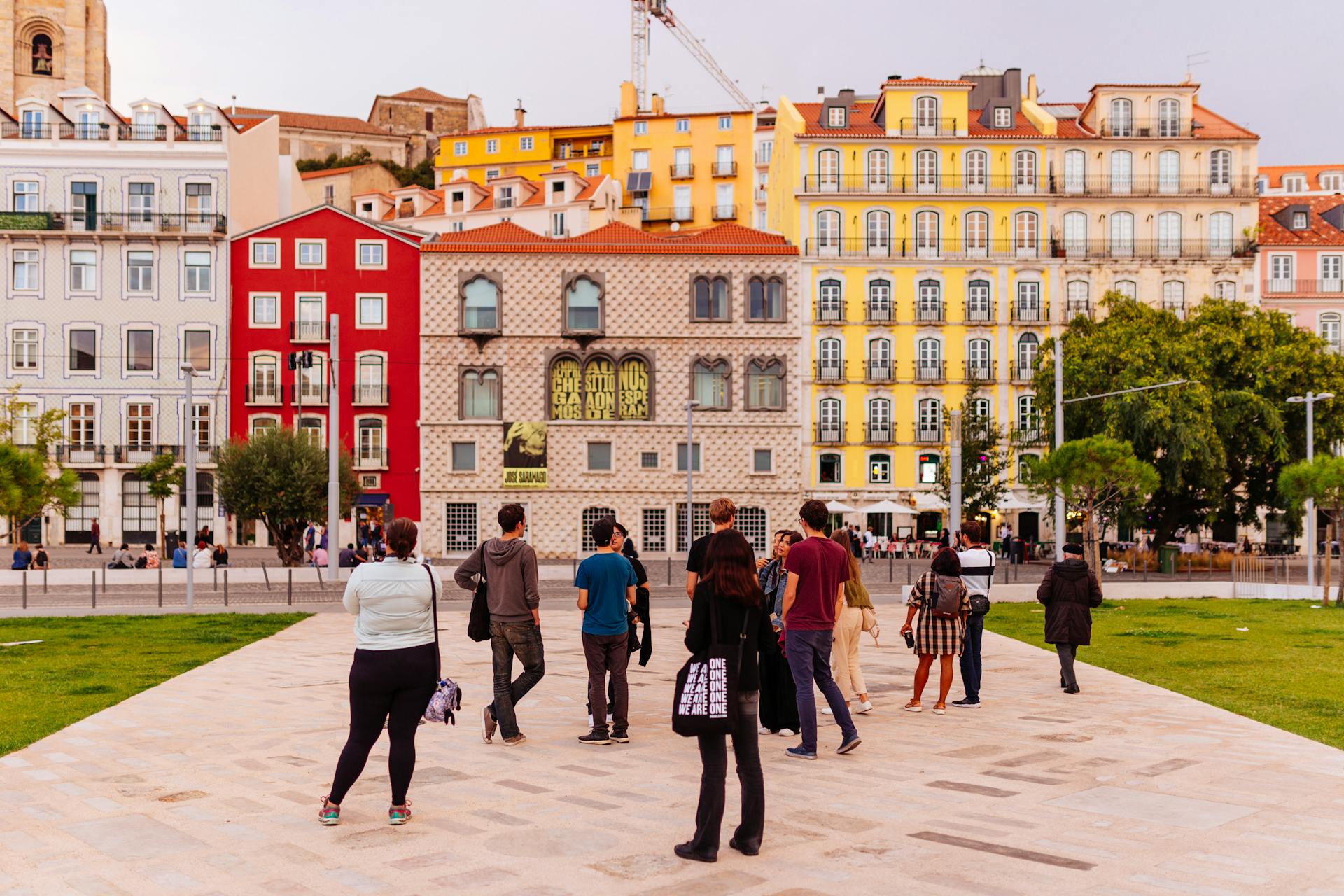
Fado: The Voice of Lisbon’s Soul
Fado is Lisbon’s soundtrack. Born in the city’s working-class neighborhoods in the 1800s, it’s raw, emotional, and impossible to ignore.
Origins and Evolution of Fado
Fado grew up in the poor districts of Lisbon. Sailors, workers, and everyday people created it to tell their stories.
The name comes from the Latin “fatum”—fate. Every fado song feels like it’s wrestling with destiny.
What makes traditional fado tick?
- The unmistakable sound of the Portuguese guitar
- A classical guitar for depth
- A solo vocalist who really feels it
- An audience that listens in total silence
Taverns and tiny gathering spots became its home. Communities used fado to let out their hopes and heartbreaks.
By the mid-1800s, two main styles took shape. Lisbon fado focused on city life and personal pain. Coimbra fado was more formal, sung by university students.
Amália Rodrigues—an absolute legend—helped take fado global in the 20th century. She kept the tradition alive but also opened it up to the world.

Fado’s Connection to Saudade
Saudade is the soul of fado. Every note and lyric is soaked in longing, nostalgia, and bittersweet memories.
Fado singers don’t just perform saudade—they live it. Their voices carry the weight of lost loves, faraway places, and dreams that never quite came true.
Themes you’ll hear in fado:
- Love that slipped away
- Family members who are gone
- Missing youth
- Accepting life’s tough breaks
The music moves slowly, giving the emotion room to breathe.
Lyrics often talk straight to saudade—missing someone who’ll never come back, or remembering a moment that was perfect and fleeting.
The Portuguese guitar’s metallic twang fits the mood perfectly. Sometimes it feels like the instrument is crying along with the singer.
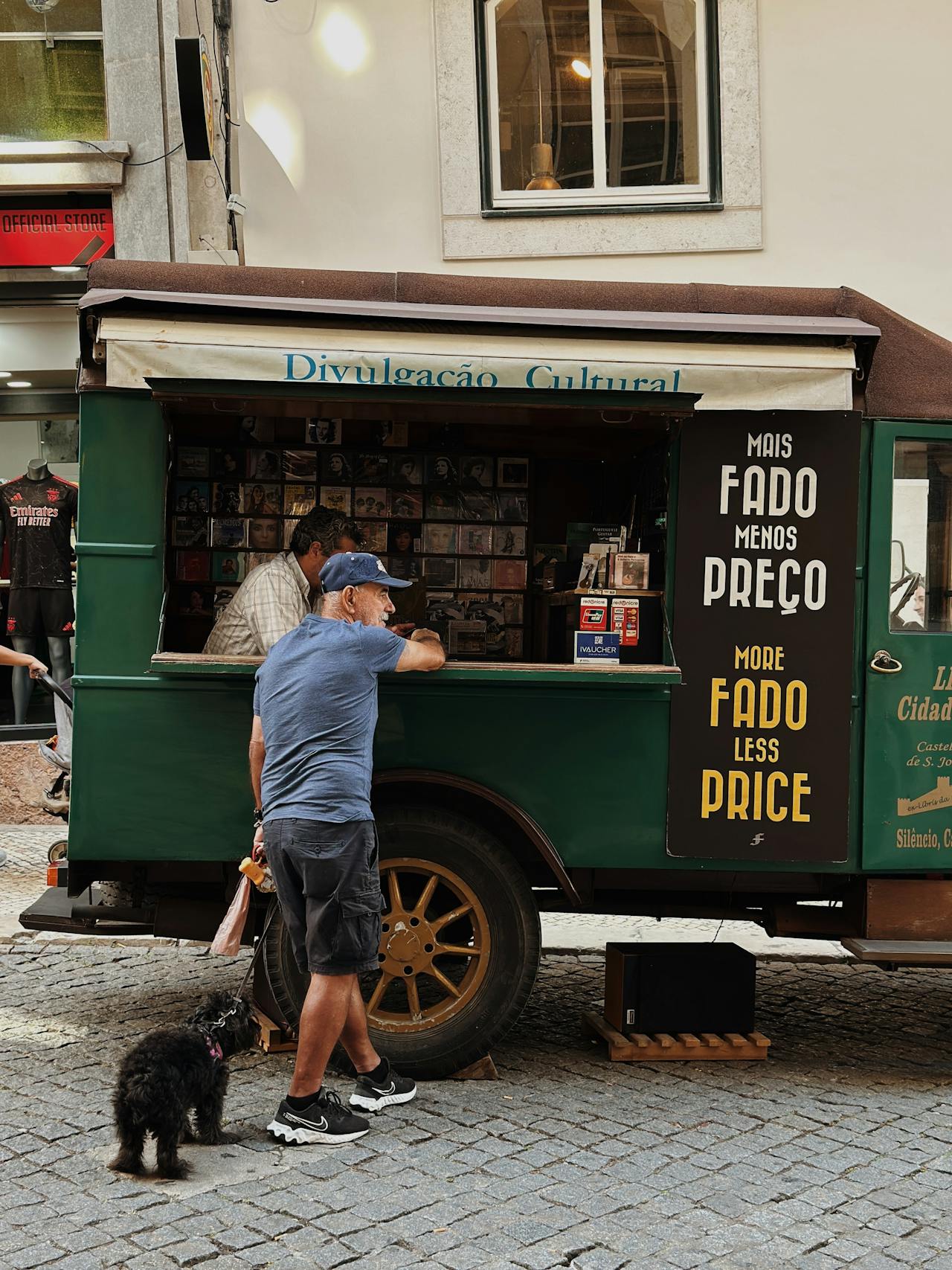
Experiencing Fado in Authentic Settings
If you want to really feel fado, find a traditional casa de fado. These spots are small—maybe 30 or 40 people, all squeezed around wooden tables.
What’s it like at a fado house?
- Candlelight and shadows
- Simple, hearty Portuguese food
- No talking when the music starts
- Everyone listening, holding their breath
Silence is a big deal here. People don’t talk during fado—it’s about respect.
The best places are in Alfama and Bairro Alto. These neighborhoods still have that working-class vibe where fado was born.
Sometimes locals just stand up and sing. You never know when someone will get swept up and join in.
A few spots I’d recommend:
- Tasca do Chico for a laid-back session
- Sr. Fado for something more traditional
- Or just wander Alfama and catch a street performance
There’s a magic in the air when the room goes quiet and the music starts. Fado isn’t just a show—it’s something you feel with everyone there.
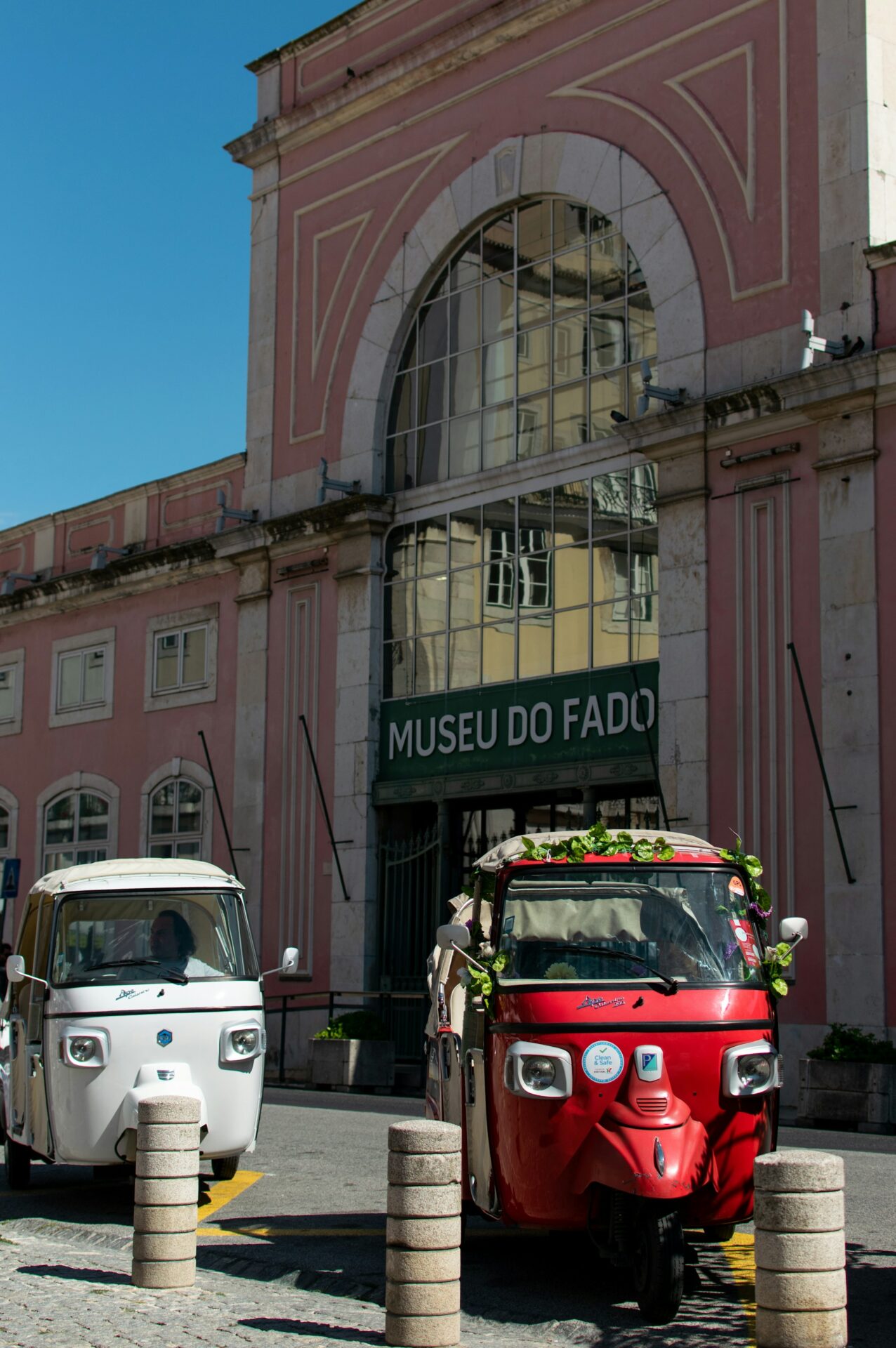
From Lisbon’s Hills to Algarve’s Shores: A Journey South
Driving from Lisbon down to the Algarve is a trip I won’t forget. The 278 kilometers take you through changing landscapes—coastal towns, sleepy villages, and finally, some of the best beaches in Europe.
Traveling the Portuguese Coast
The coastal route is the way to go. Sure, the A2 motorway is faster, but you’ll miss all the good stuff.
I drove across the river to Costa da Caparica first. There’s a ridiculous stretch of sandy beach—about 30 kilometers—just waiting for you.
Cabo Espichel was next, with its dramatic cliffs, lighthouse, and a little church. The wind nearly knocked me over at the viewpoint, but the waves crashing below at Praia dos Lagosteiros made it worth it.
Sesimbra stole my heart. It sits inside Arrábida Natural Park, with protected beaches that locals adore.
Praia do Ribeiro do Cavalo and Praia de Galapinhos take a bit of hiking to reach, but when you get there, you’ll probably have the sand to yourself.
I wandered through the old Forte de Santiago de Sesimbra for killer sea views. Then I climbed up to Sesimbra Castle and took in the whole coastline from above.
Setúbal was my last coastal stop before heading inland. The Forte de São Filipe gave me one last panoramic view, and the port area was dotted with these bright dolphin sculptures that made me grin.

Hidden Gems Along the Way
Alentejo honestly caught me off guard. I didn’t expect to stumble upon so many hidden treasures here.
Évora stood out as my overnight stop. The ancient Temple of Diana sits right in the heart of its UNESCO-listed historic center—pretty surreal at twilight.
I wandered through Évora’s Cathedral for hours. It’s wild to think it took from 1280 to 1746 to finish. For just €4.50, I got access to the cathedral itself, the museum, peaceful cloisters, and even the rooftop—those city views are something else.
The Chapel of the Bones at the Church of St. Francis? That place gave me chills. Five thousand skeletons line the walls, a medieval way to solve cemetery overcrowding. It’s haunting, but unforgettable.
Key Évora Attractions:
- Temple of Diana (free)
- Cathedral complex (€4.50)
- Chapel of the Bones (€6)
- Praça do Giraldo central square
Sines popped up as a perfect coastal break on my drive south. It’s the birthplace of Vasco da Gama and has a free castle overlooking the sea. I stretched my legs on the beach and watched the waves roll in—simple pleasures.

Algarve’s Beaches and Local Culture
The Algarve’s coastline really blew me away. Golden sand beaches stretch out between cliffs painted every shade of orange and red.
Whitewashed houses with pops of color line the streets, and honestly, it looks like a postcard. Or maybe a dream, if you’re into that sort of thing.
Each beach town has its own vibe. Some are packed with sun-seekers from all over Northern Europe, while others still feel like quiet fishing villages. Even in the summer heat, the water stays cool—sometimes startlingly so.
Seafood is a way of life here. Local restaurants serve up grilled sardines, seafood rice, and caldeirada stew. You can taste the ocean in every bite.
Popular Algarve Destinations:
- Lagos: Dramatic cliffs and Ponta da Piedade
- Sagres: Europe’s southwestern tip
- Tavira: Historic charm and island beaches
- Carvoeiro: Picturesque fishing village
Those wild rock formations along the coast? They’re perfect for kayaking. I paddled through arches and caves, then caught the sunset from a clifftop—watching the Atlantic turn gold.
Markets in places like Loulé and Olhão burst with local crafts, ceramics, and regional treats. Wandering these markets gives you a glimpse of the Algarve that most tourists miss.
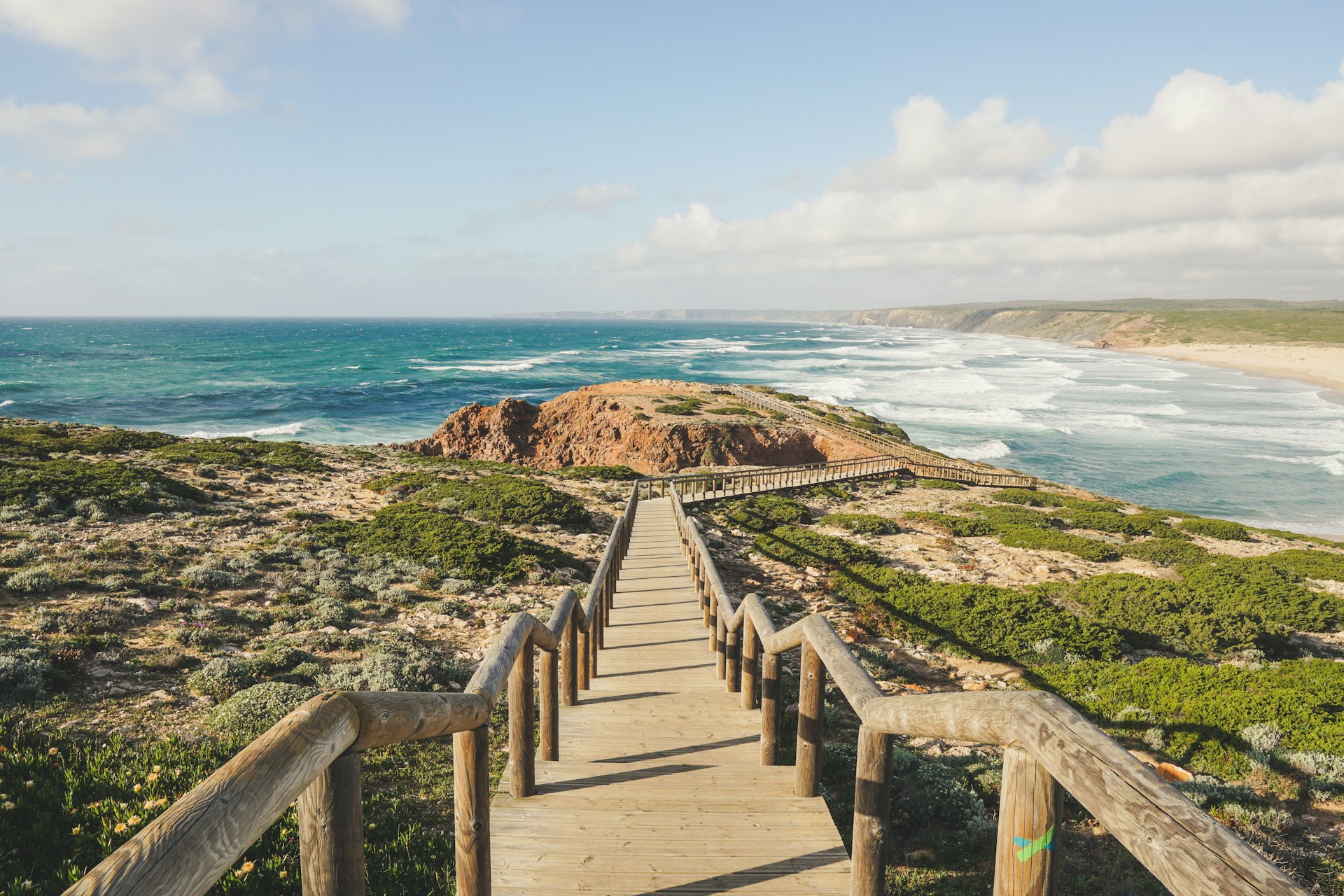
The Enduring Allure of Portugal: Reflections on Love and Nostalgia
Portugal leaves its mark, no question. The landscapes and unique emotional connections stick with you long after you leave.
Memories Etched in Portuguese Landscapes
The cobblestone streets of Lisbon’s Alfama district still play in my mind. Every narrow alley seems to whisper old stories.
Golden light pours through ancient windows. Shadows dance on weathered facades, and suddenly, you feel like you’ve stepped into another era.
Key landscapes that create lasting memories:
- Sintra’s fairy-tale castles in misty hills
- Douro Valley’s endless terraced vineyards
- Algarve’s cliffs meeting the blue sea
- Porto’s colorful houses tumbling toward the river
Fado music drifts out of hidden taverns and lingers in the air. Those melancholic melodies hit you right in the heart.
Markets overflow with memories for the senses. Fresh seafood mingles with the scent of orange blossoms. A bite of pastéis de nata snaps you right back to a sunlit afternoon.
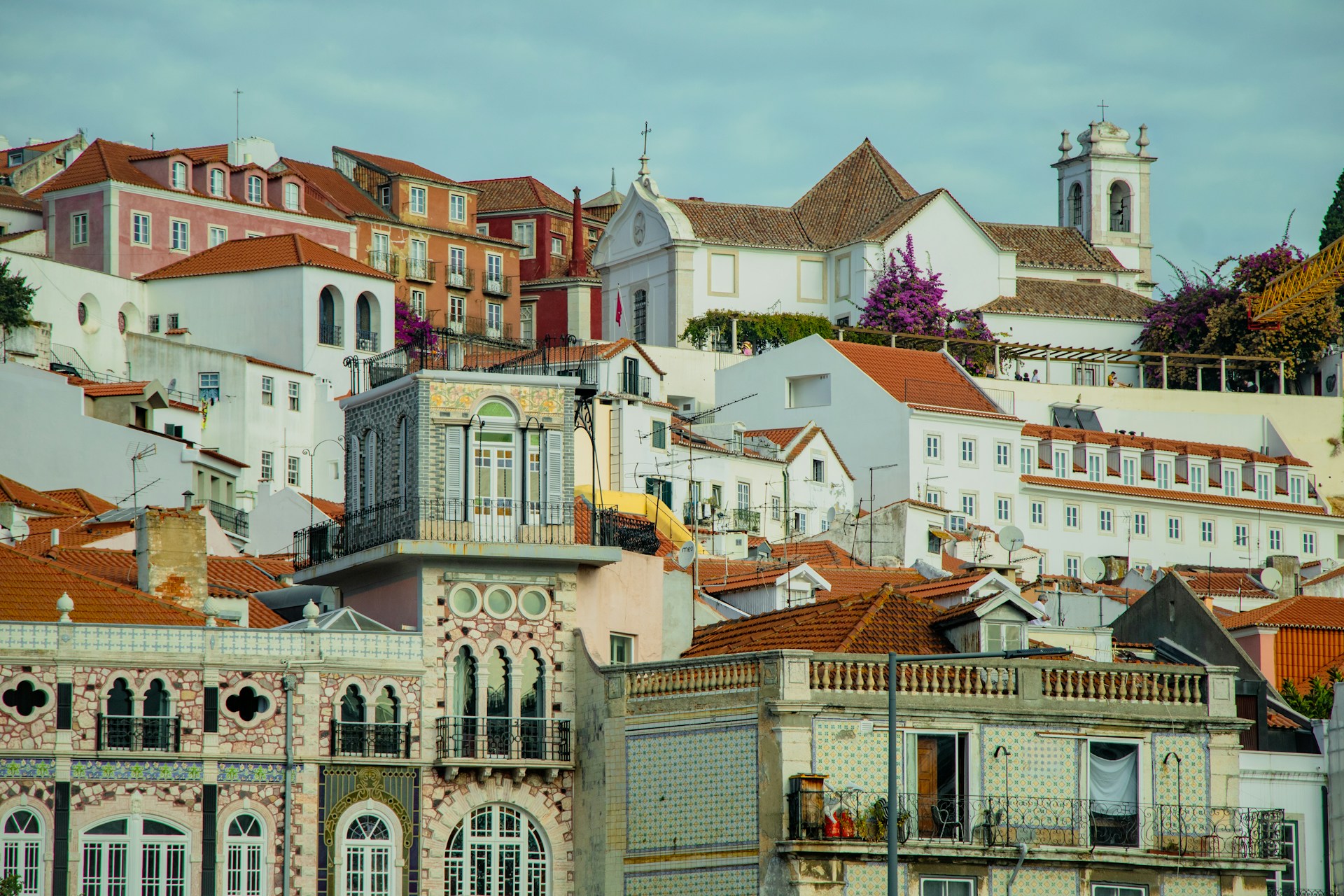
How Saudade Shapes the Traveler’s Experience
Saudade isn’t just homesickness. It’s this tangled feeling—longing, nostalgia, and a bittersweet joy all wrapped up together.
I felt it for the first time at sunset on Cabo da Roca. The moment wasn’t sad, exactly. It was more like a deep appreciation mixed with a gentle ache.
Saudade shows up in travel as:
- Missing places before you’ve even left them
- Feeling instantly at home in Portuguese culture
- Sensing why locals speak with so much emotion
- Discovering a deeper appreciation for the little moments
Portugal just feels different. Saudade seeps into daily life, making everything feel richer and more meaningful.
You see it in the way people welcome you, in their music, and in how they talk about the sea. It’s part of the rhythm here.
This concept nudges travelers to lean into both joy and longing. Maybe that’s why trips to Portugal linger in your memory.

Frequently Asked Questions
Portugal sparks a lot of curiosity. Here are some answers to what people usually want to know about sights, food, and that mysterious feeling called saudade.
I always tell friends to start with São Jorge Castle. The views are unbeatable, and you get a real sense of Lisbon’s history.
Next, wander the Alfama district. Those winding streets are pure old-world charm, and you’ll catch glimpses of local life around every corner.
Jerónimos Monastery is a must for history buffs. The Manueline architecture tells stories from Portugal’s Age of Exploration.
Hop on the iconic yellow Tram 28. It winds through the city’s hills and passes loads of major sights—plus, it’s just fun.
Don’t skip the Miradouro das Portas do Sol. The view over the Tagus River and red rooftops is classic Lisbon.
The Algarve’s golden beaches are the main draw, but there’s so much more. I’d say visit both the lively resort towns and the sleepy fishing villages.
Lagos always impresses with its cliffs and hidden coves. Ponta da Piedade is the spot for those jaw-dropping coastal views.
Tavira has a quieter, more traditional vibe. You’ll find whitewashed buildings and local spots that feel worlds away from the crowds.
Rent a car if you can. The best beaches and viewpoints are often a short drive from the main towns, and you’ll want the freedom to explore.
Try a coastal hike. The trails between beaches sometimes reveal secret spots that most people never see.
Don’t leave Portugal without trying pastéis de nata. I always make a beeline for Pastéis de Belém in Lisbon—they’re the real deal.
Seafood rules here. Grilled sardines, bacalhau (that’s salted cod), and seafood rice are staples. You can taste the tradition in every dish.
If you’re up north, hunt down a Francesinha sandwich in Porto. It’s messy, cheesy, and totally worth it.
Vinho verde is the wine you never knew you needed. It’s light, a little fizzy, and perfect with seafood or just a sunny afternoon.
Coffee is a ritual. Order “um café” for an espresso or “galão” if you want something milkier, kind of like a latte.
Saudade is one of those words you can’t quite translate. It’s a deep, bittersweet longing—missing something or someone, but in a way that’s almost beautiful.
You’ll hear saudade everywhere: in fado music, in poems, and in everyday chats. The Portuguese seem to have a sixth sense for this feeling.
I think saudade grew out of Portugal’s history with the sea. So many sailors left home, and their families had to live with that ache.
It’s not just sadness. Saudade is about finding meaning and even comfort in missing what’s gone.
If you can, visit the coast in spring or early fall. The weather’s great, and you won’t have to fight the crowds.
The Atlantic can be rough. Always check the local conditions and stick to lifeguarded beaches if you’re swimming.
Parking in coastal towns gets tricky in summer. I try to arrive early or just use public transport when possible.
The sun here is sneaky—ocean breezes make it feel cooler than it is, so don’t skimp on sunscreen.
Restaurants in beach towns often close between lunch and dinner. Plan your meals around local dining times, or you might end up hungry.
Fado performances in Lisbon’s Alfama district really pull you into the heart of Portuguese culture. Honestly, I always skip the big tourist restaurants and search for tiny, tucked-away venues—those places just feel more real.
Wandering through Portugal, you’ll stumble upon local festivals almost any time of year. Santos Populares lights up Lisbon every June, filling the streets with music, laughter, and the smoky scent of grilled sardines.
Traditional markets are where the everyday magic happens. I love weaving through the stalls, sampling cheeses or pastries, and chatting with vendors—there’s no better way to get a taste of local life.
Even a few words of Portuguese go a long way. When I say “obrigado” or greet someone with a “bom dia,” I notice people open up, and conversations just flow more easily.
If you want to dive deeper, skip the big hotels. Staying in a quinta or a pousada—those charming, family-run spots—means you’ll probably share a meal, swap stories, and get a real feel for Portuguese hospitality.

